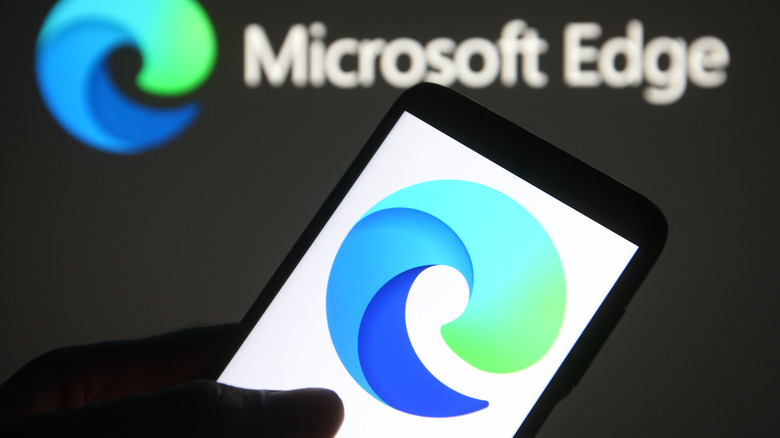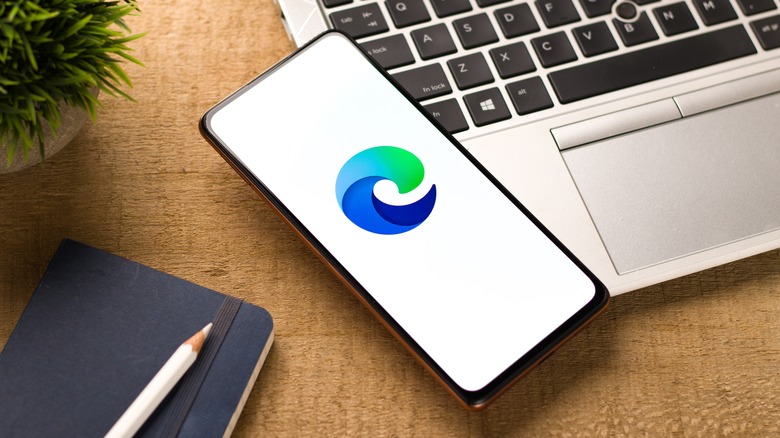DALL-E AI Image Generator Rolls Out To All Microsoft Edge Users
If you're a Microsoft Edge user who is running the latest version of the browser, you now have access to a DALL-E-powered image generator directly in the sidebar, Microsoft has announced. The new Image Creator feature is, as its name suggests, a way for users to directly create images using prompts fed to the AI behind the nifty generator. The result is four images created based on the text the user supplied; if you like one of the generated images, you can save it. Don't like the results? You can tweak the prompt and try again, getting another four images that might suit your needs.
Image Creator is located in the right-hand sidebar, though not all Edge users running the latest version of the browser see the option at the time of writing. Assuming you have access to the image generator but don't see it in the sidebar, you can add it to the list manually by clicking the "+" icon and then toggling on the switch next to Image Creator (it's the one with a paintbrush and canvas icon).
Microsoft Edge is the first browser with baked-in AI image creation
Edge has managed to nab the notable honor of being the first web browser with a built-in image generator. That's not surprising considering Microsoft recently launched Bing Chat, a ChatGPT-like tool that you can access and use as part of the New Bing experience. Google scrambled to introduce its own alternative dubbed Bard soon after, but the company is still lagging behind Microsoft in terms of availability. You won't find a Bard-powered image creation equivalent in Chrome, for example — at least, not right now.
Microsoft suggests its DALL-E-powered Image Creator can help users who need an image for just about anything, such as one to put in a PowerPoint image. It can also simply serve as a more convenient way to play around with AI image generation for those who find the myriad of third-party websites annoying or confusing. The feature is only available on the desktop version of Edge browser at this time, and it's unclear whether the company plans to bring it to the mobile — especially tablet — versions of its browser at any point in the near future. The feature is available globally.

